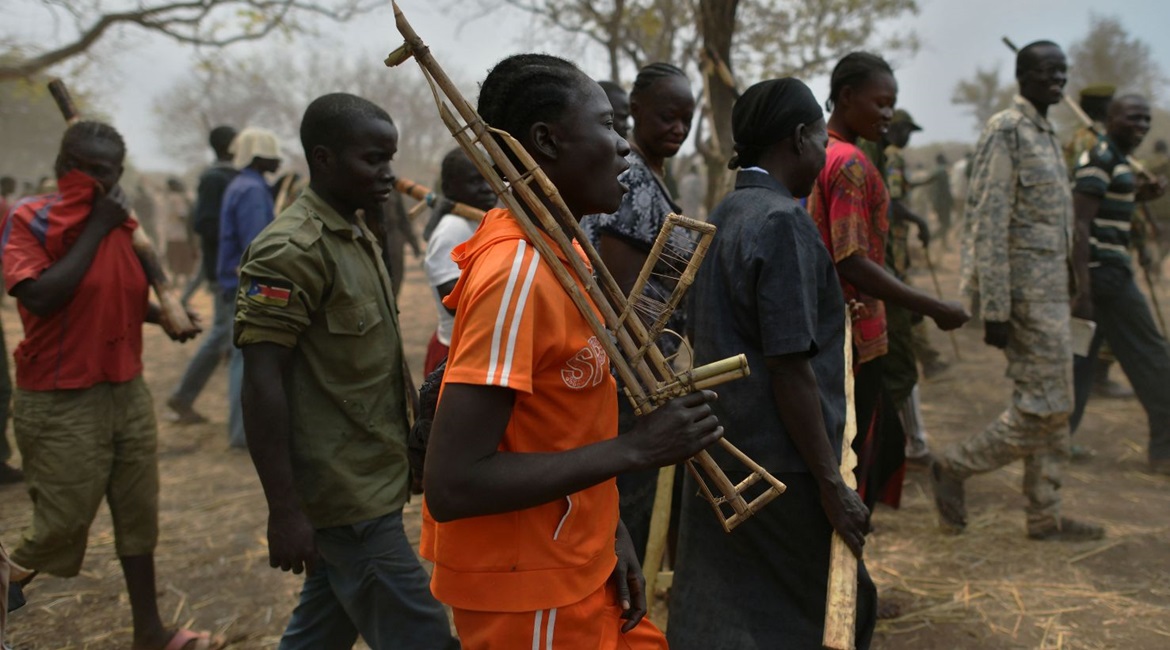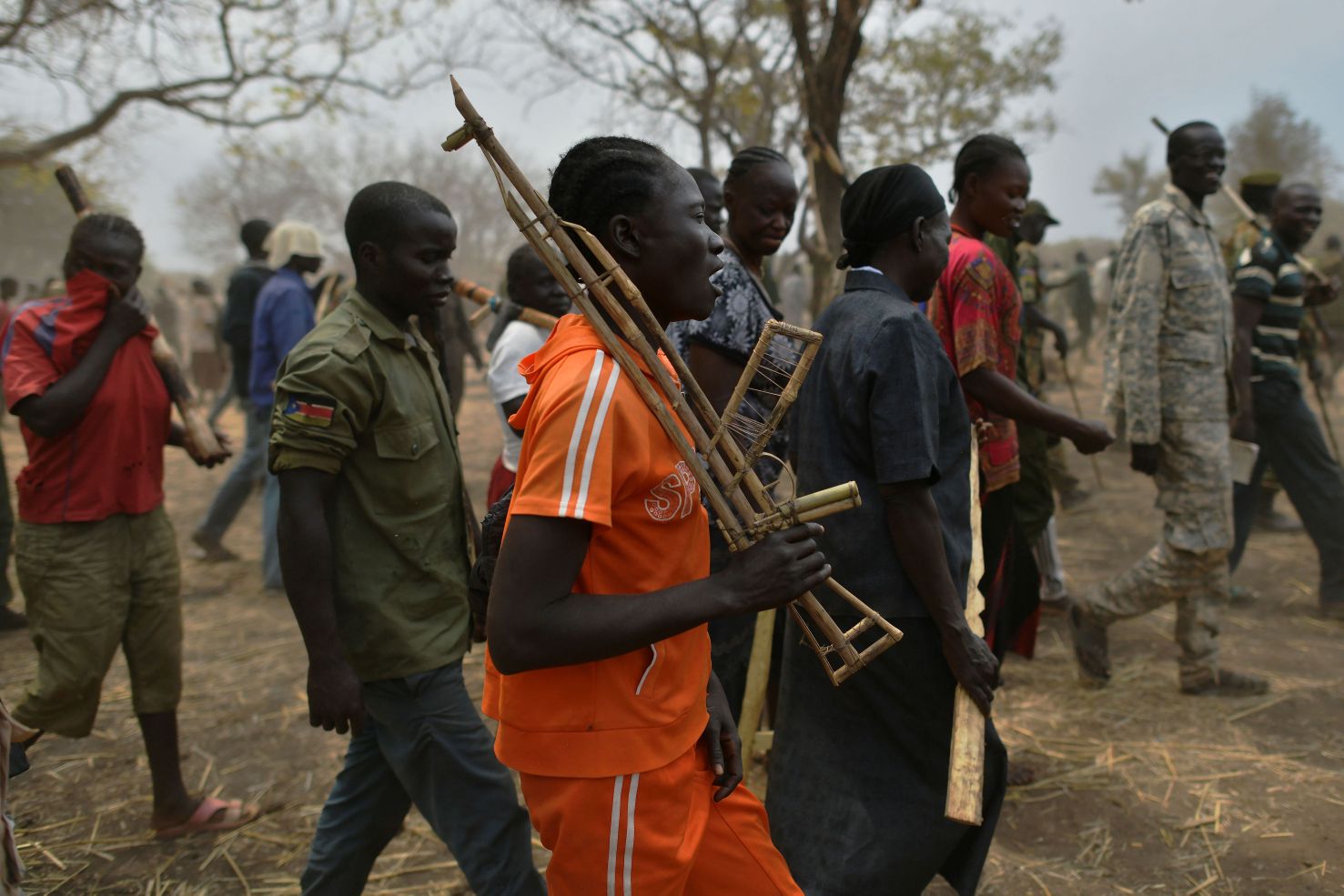
Reports from the UN Secretary General to the UN Security Council and the EU’s High Representative to South Sudan, released in February and March respectively, show there is a long way to go to achieve the Revitalized Agreement on the Resolution of the Conflict in the Republic of South Sudan (R-ARCSS) that was signed on 12 September 2018.
The deal, signed in Addis Ababa between President Salva Kiir’s Sudan People’s Liberation Movement and Army in Government (SPLM/A-IG) and Riek Machar’s Sudan People’s Liberation Movement and Army in Opposition (SPLM/A-IO), was intended to end hostilities and establish a unified government. A significant step towards this was achieved on 22 February 2020 when Kiir was sworn in as president of South Sudan with Machar as his vice-president. Crucial to the deal was the creation of a unified South Sudanese military, known as the South Sudan People’s Defence Forces (SSPDF), which would unite the warring tribal groups into one overarching organisation. This transition, however, has been fraught, with little progress made on disarming traditional warlords and persuading tribal groups to join the regular armed forces.

Trainee soldiers for a new unified army carry wooden rifles while attending a reconciliation programme run by the UN Mission in South Sudan (UNMISS) at a makeshift barracks in Mapel in January 2020. The South Sudanese armed forces are being plagued by defections, which threaten to undermine the government’s already-weak grasp of stability in the country. (Tony Karumba/AFP via Getty Images)
Already a Janes subscriber? Read the full article via the Client Login
Looking to read the full article?
Gain unlimited access to Janes news and more...


